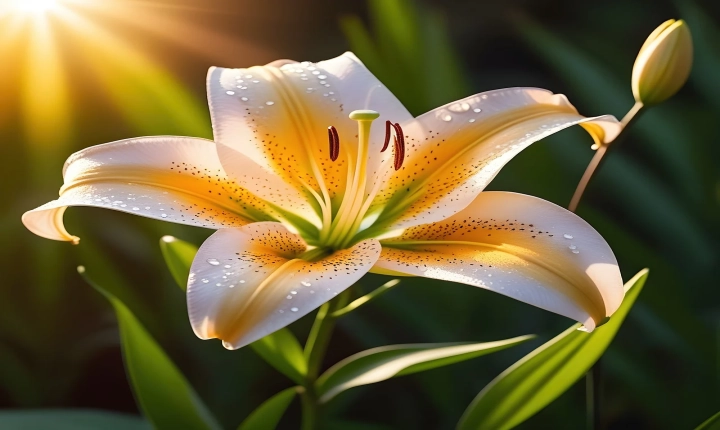Artificial Intelligence (AI) has gained significant attention in recent years for its ability to create and generate artworks. Some people have raised concerns about whether AI can actually “steal” art and diminish the value of human creativity. This raises important questions about the intersection of technology, creativity, and intellectual property rights.
AI-generated art has been praised for its novel and unique aesthetic, as well as for pushing the boundaries of traditional artistic approaches. However, this has also sparked debates about the ethical and legal implications of AI-generated art and its potential impact on the art market. One of the key concerns is whether AI-created art can be considered original and whether it infringes on existing intellectual property rights.
AI technology often involves training algorithms with vast amounts of existing artwork and then generating new pieces based on the patterns and styles it has learned. This raises the question of whether AI-created art can truly be considered original, given that it is fundamentally based on existing art. Additionally, some argue that AI-generated art lacks the personal expression and intentionality that are traditionally associated with human creativity.
From a legal standpoint, questions arise about the ownership and copyright of AI-generated art. In most jurisdictions, copyright law assigns ownership to the creator of a work, but when it comes to AI-generated art, the lines become blurred. The issue is further complicated by the fact that AI-generated art often involves input from human artists who curate and refine the outputs of the algorithms.
The potential impact of AI-generated art on the art market is also a point of contention. Some worry that the proliferation of AI-generated art could flood the market with mass-produced, algorithmically generated works, leading to a devaluation of human-created art. On the other hand, proponents of AI-generated art argue that it opens up new possibilities for artistic expression and creativity and can coexist with traditional art forms.
To address these concerns, it is crucial for artists, policymakers, and the legal community to engage in meaningful discussions about how to define and protect AI-generated art. This could involve developing new frameworks for intellectual property rights that account for the unique nature of AI-generated art. Additionally, raising awareness about the ethical considerations surrounding AI-generated art can help ensure that artists are appropriately credited and rewarded for their contributions.
Ultimately, the relationship between AI and art is complex and multifaceted, and it is important to approach this intersection with a thoughtful and open-minded perspective. While the emergence of AI-generated art raises important questions about creativity, originality, and ownership, it also presents an opportunity to explore new forms of artistic expression and expand the boundaries of what art can be. With careful consideration and collaboration, it is possible to navigate the evolving landscape of AI-generated art in a way that respects the contributions of human creators while embracing the potential of technological innovation.
